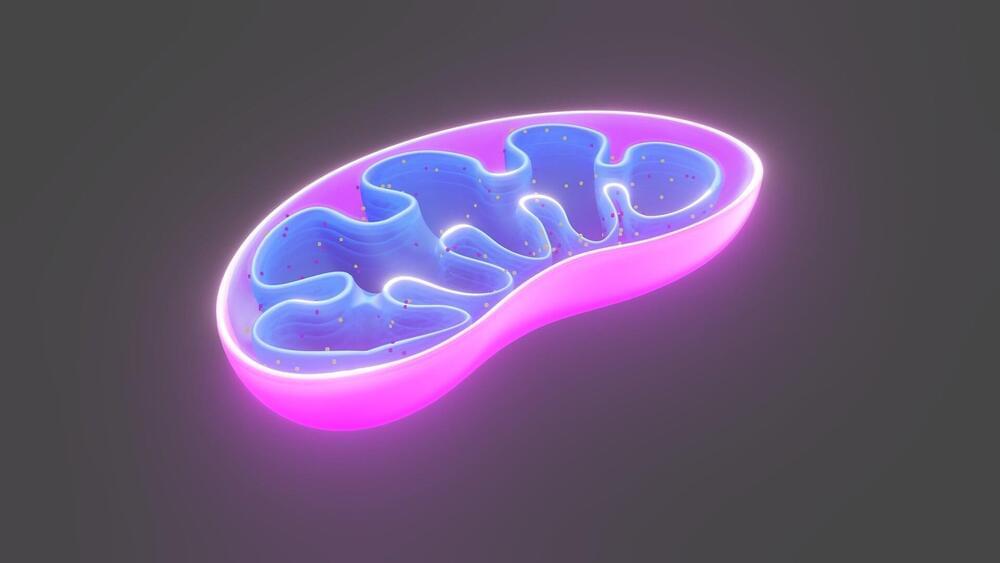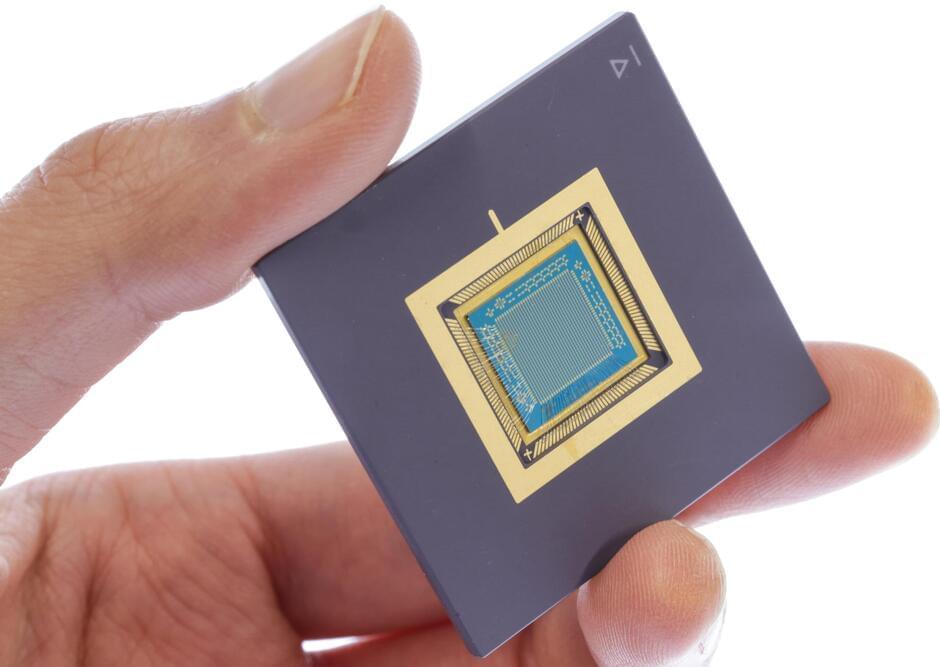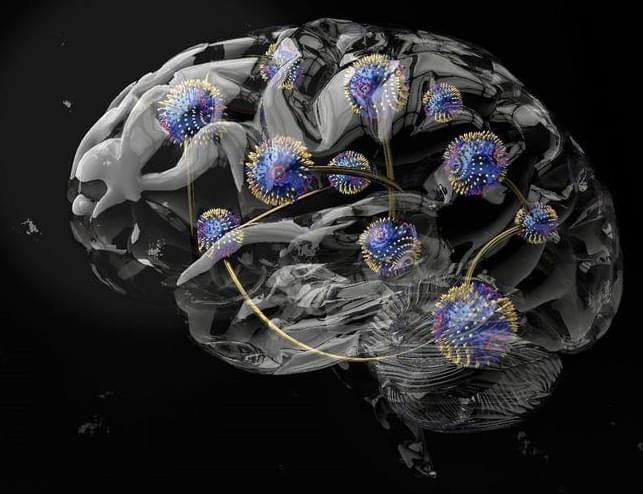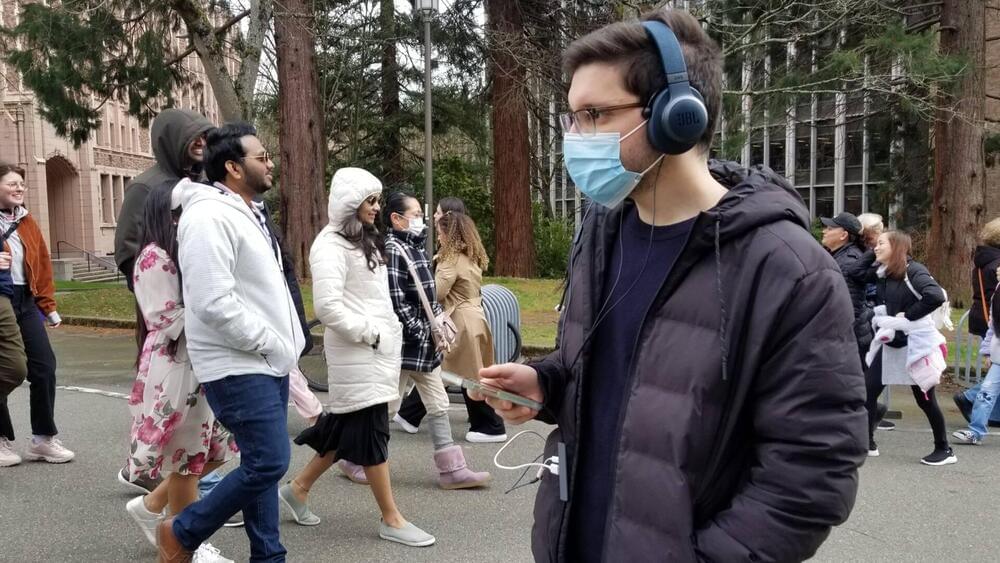Listen now (66 mins) | If you would like to support this podcast, click here. Max More is a philosopher, futurist, and former CEO of Alcor Life Extension Foundation. He is currently Director of Communications at Biostasis Technologies. Max wrote the first definition of “Transhumanism” in its modern sense.
Get the latest international news and world events from around the world.

AI chemist synthesizes catalyst for oxygen production from Martian meteorites: One step closer to Mars immigration?
Immigration to and living on Mars have long been depicted in science fiction. But before that dream turns into reality, there is a hurdle humans have to overcome—the lack of chemicals such as oxygen essential for long-term survival on the planet. However, the recent discovery of water activity on Mars is promising.
Scientists are now exploring the possibility of decomposing water to produce oxygen through electrochemical water oxidation driven by solar power with the help of oxygen evolution reaction (OER) catalysts. The challenge is to find a way to synthesize these catalysts in situ using materials on Mars, instead of transporting them from the Earth, which is costly.
To tackle this problem, a team led by Prof. Luo Yi, Prof. Jiang Jun, and Prof. Shang Weiwei from the University of Science and Technology of China (USTC) of the Chinese Academy of Sciences (CAS), recently made it possible to synthesize and optimize OER catalysts automatically from Martian meteorites with their robotic artificial intelligence (AI)-chemist.

New drug-like molecule extends lifespan, ameliorates pathology in worms and boosts function in mammalian muscle cells
Having healthy mitochondria, the organelles that produce energy in all our cells, usually portends a long healthy life whether in humans or in C. elegans, a tiny, short-lived nematode worm often used to study the aging process.
Researchers at the Buck Institute have identified a new drug-like molecule that keeps mitochondria healthy via mitophagy, a process that removes and recycles damaged mitochondria in multicellular organisms. The compound, dubbed MIC, is a natural compound that extended lifespan in C. elegans, ameliorated pathology in neurodegenerative disease models of C. elegans, and improved mitochondrial function in mouse muscle cells. Results are published in the November 13, 2023, edition of Nature Aging.
Defective mitophagy is implicated in many age-related diseases. It’s tied to neurodegenerative disorders such as Parkinson’s and Alzheimer’s; it plays a role in cardiovascular diseases including heart failure; it influences metabolic disorders including obesity and type 2 diabetes; it is implicated in muscle wasting and sarcopenia and has a complex relationship with cancer progression.

First 2D semiconductor with 1,000 transistors developed: Redefining energy efficiency in data processing
As information and communication technologies (ICT) process data, they convert electricity into heat. Already today, the global ICT ecosystem’s CO2 footprint rivals that of aviation. It turns out, however, that a big part of the energy consumed by computer processors doesn’t go into performing calculations. Instead, the bulk of the energy used to process data is spent shuttling bytes between the memory to the processor.
In a paper published in the journal Nature Electronics, researchers from EPFL’s School of Engineering in the Laboratory of Nanoscale Electronics and Structures (LANES) present a new processor that tackles this inefficiency by integrating data processing and storage onto a single device, a so-called in-memory processor.
They broke new ground by creating the first in-memory processor based on a two-dimensional semiconductor material to comprise more than 1,000 transistors, a key milestone on the path to industrial production.

Spiders Can Fly and They Don’t Even Need Wings, Study Claims
If you have any form of Arachnophobia, do not read this article. You’ve been warned. Now if you’re like me and have a mad respect for Mother Nature, I posit you this query. Did you know that spiders can fly? And not by the way you may think.
Good news for your nightmares: Spiders can fly. Despite not having wings, new research shows that spiders have the ability to propel themselves using the Earth’s electric field, with little to no help from wind or webs. Because humans can’t feel these electric currents, their role in biology can often go ignored. But if electrostatic is what is helping spiders fly more than two miles high in the air, let’s pay attention.
In a study published in Current Biology on Thursday, Drs. Erica L. Morley and Daniel Robert of the University of Bristol found that when spiders are placed in a chamber with no wind but a small electric field, they were still able to to fly, despite the prevailing idea that a spider’s flight was reliant on wind currents.
When spiders are airborne, a behavior that’s often described as “ballooning,” most observers assumed that their movement is influenced by air streams. However, this prevailing view couldn’t explain why larger spiders are airborne for extended periods of time, nor could any current aerodynamic models explain these vague ballooning mechanisms.


Next-Gen Computing: Chiral Magnets Reshape the Landscape of Reservoir Computing
“This work brings us a step closer to realizing the full potential of physical reservoirs to create computers that not only require significantly less energy, but also adapt their computational properties to perform optimally across various tasks, just like our brains,” said Dr. Oscar Lee.
A recent study published in Nature Materials examines a breakthrough approach in physical reservoir computing, also known as a neuromorphic or brain-inspired method and involves using a material’s physical properties to adhere to a myriad of machine learning duties. This study was conducted by an international team of researchers and holds the potential to help physical reservoir computing serve as a framework towards making machine learning more energy efficient.
Artist rendition of connected chiral (twisted) magnets used as a computing avenue for brain-inspired, physical reservoir computing. (Credit: Dr. Oscar Lee)
For the study, the researchers used a magnetic field and temperature variances on chiral (twisted) magnets—which served as the computing channel—they found the materials could be used for a myriad of machine learning needs. What makes this discovery extraordinary is that physical reservoir computing has been found to have limits, specifically pertaining to its ability to be rearranged. Additionally, the team discovered that the chiral magnets performed better at certain computing tasks based on changes in the magnetic field phases used throughout the experiments.

AI-powered headphones let users choose what they hear
The devices are controlled via voice commands or a smartphone app.
Active noise control technology is used by noise-canceling headphones to minimize or completely block out outside noise. These headphones are popular because they offer a quieter, more immersive listening experience—especially in noisy areas. However, despite the many advancements in the technology, people still don’t have much control over which sounds their headphones block out and which they let pass.
Semantic hearing
Now, deep learning algorithms have been developed by a group of academics at the University of Washington that enable users to select which noises to filter through their headphones in real-time. The system has been named “semantic hearing” by its creators.
